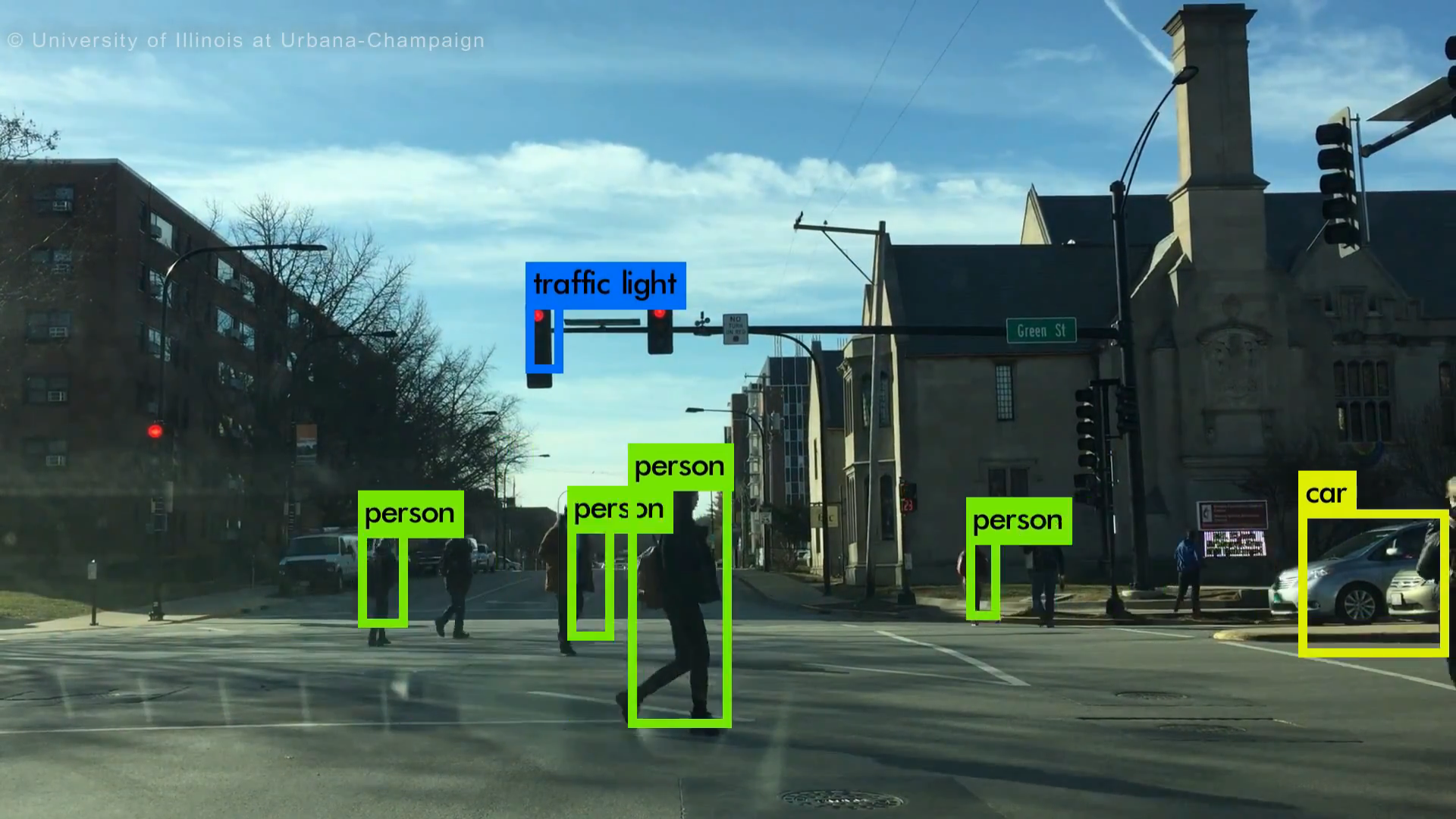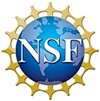OUR MISSION
The Illinois Geometry Lab’s mission is to enhance and support undergraduate research within the Department of Mathematics and to support departmental efforts to engage local, state and national communities through outreach.
For more information about the various aspects of the IGL, please see our IGL Wiki
To be up to date on what's going on in the IGL:
follow the IGL on Twitter: twitter.com/IGL_UIUC
like the IGL on Facebook: facebook.com/IllinoisGeometryLab/
join our mailing list igl-prospectives
ABOUT US
The Illinois Geometry Lab (IGL) showcases the mathematical talents of undergraduate students at the University of Illinois. An increasingly diverse portfolio of research projects contributes to many fields within both pure and applied mathematics, and our outreach initiatives translate the mathematical expertise of our members into compelling and engaging programs for students and community members.
On the outreach side, we travel to local elementary and middle school competitions to set up displays, host K-12 classes for interactive learning activities, and organize Saturday workshops. Our annual Summer Illinois Math camp is a week-long day camp for high school students, taught by graduate and undergraduate students, which focuses on advanced mathematical topics.
As always, we are extremely grateful for the support, both moral and financial, which we receive from numerous sources. Financial support for the Illinois Geometry Lab comes from the Department of Mathematics, the University of Illinois Office of Public Engagement, the Mathematical Association of America, the National Science Foundation, and generous gifts from private donors.
CONTACT US
IGL leadership team - math-igl@illinois.edu
Karen Mortensen, IGL director, kmortens@illinois.edu
This material is based upon work supported by the National Science Foundation under Grant No. DMS-1559860, DMS-1654725, and DMS-1449269. Any opinions, findings, and conclusions or recommendations expressed in this material are those of the author(s) and do not necessarily reflect the views of the National Science Foundation.


